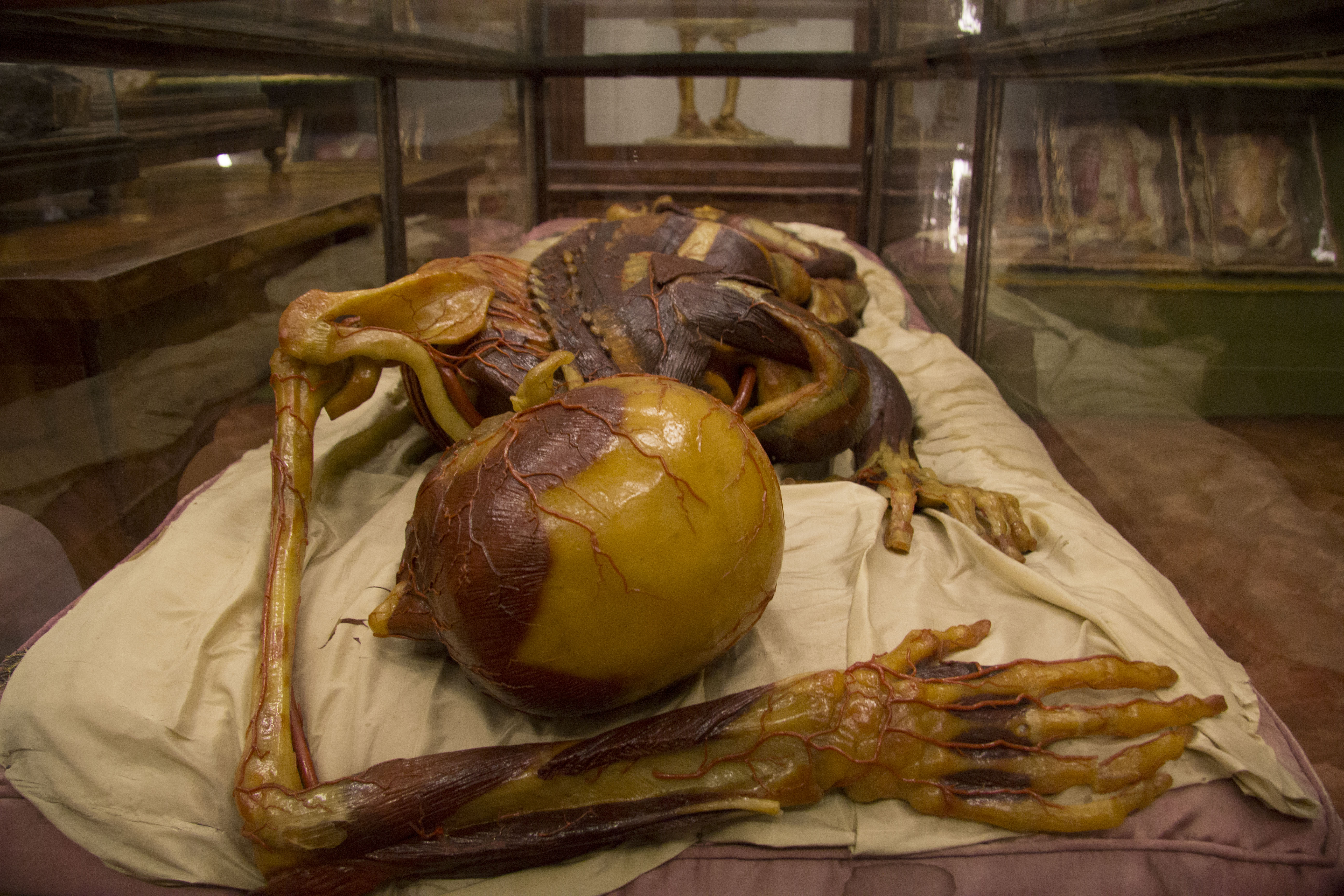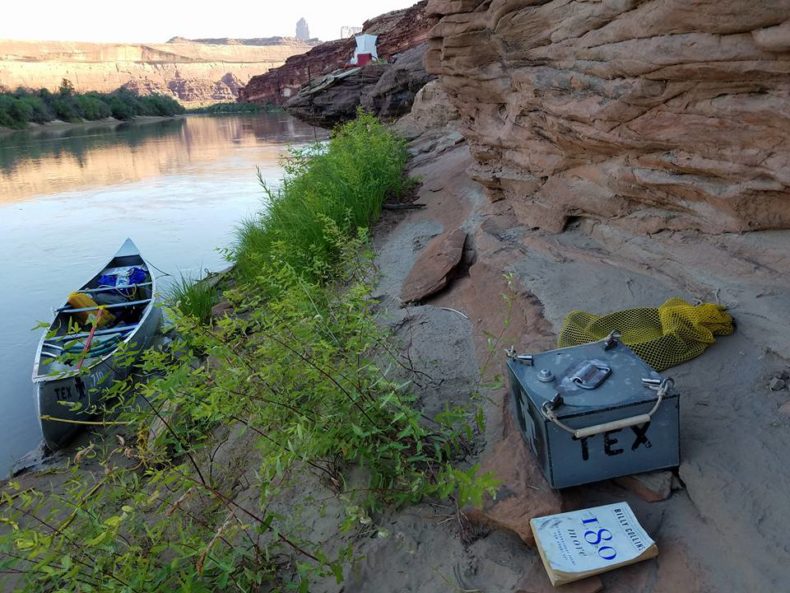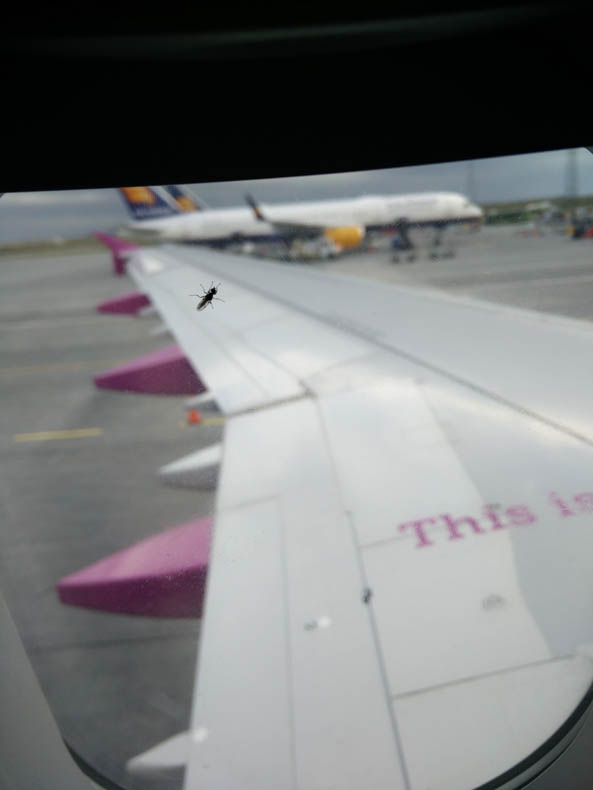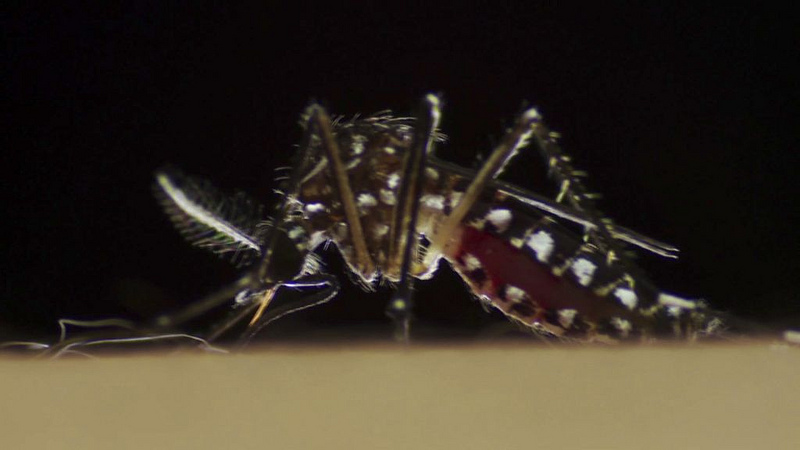 I took my place at the gray table in the gray, poorly-lit room, meeting the gaze of the eyeless skull staked upright before me. A stiff rectangular block of white wax was my only material, and a simple metal implement, sharp like a scalpel on one end and rounded like a spoon on the other, my only tool—other than my own hands and head, once full of vertebrate anatomy knowledge, now less so. To my right, another student, a painter, ripped wax from his block and manipulated it. My weak hands couldn’t get a grip.
I took my place at the gray table in the gray, poorly-lit room, meeting the gaze of the eyeless skull staked upright before me. A stiff rectangular block of white wax was my only material, and a simple metal implement, sharp like a scalpel on one end and rounded like a spoon on the other, my only tool—other than my own hands and head, once full of vertebrate anatomy knowledge, now less so. To my right, another student, a painter, ripped wax from his block and manipulated it. My weak hands couldn’t get a grip.
Our teacher, Eleanor Crook, an internationally-known fine artist trained in forensic reconstruction, told us to first create the temporalis muscle on one side of the skull, a plaster replica of a real human’s. The muscle is seashell shaped, she explained, fibers radiating upward from near the ear. You can feel this muscle work, if you put your hand on it while opening and closing your jaw.
 Something about the way a river trip starts. Gear gets thrown in, arranged, tied down, and when the current picks up and carries you downstream, your sense of time and distance immediately changes. Connection to the other 7 billion or so people on the planet loosens, and connection to something bigger, and in ways smaller, more intimate, takes hold.
Something about the way a river trip starts. Gear gets thrown in, arranged, tied down, and when the current picks up and carries you downstream, your sense of time and distance immediately changes. Connection to the other 7 billion or so people on the planet loosens, and connection to something bigger, and in ways smaller, more intimate, takes hold.



